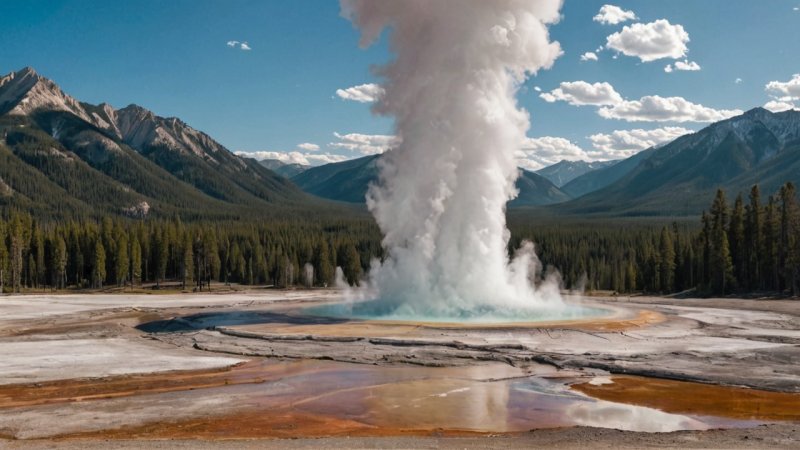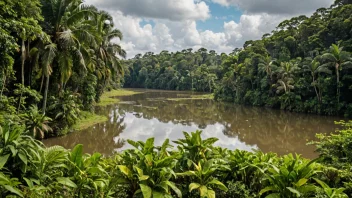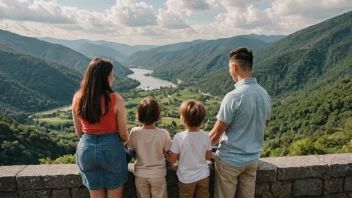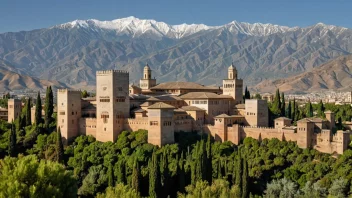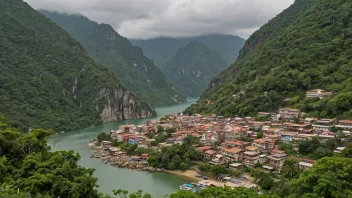When it comes to wildlife photography, few experiences rival the thrill of capturing animals in their natural habitats. Two of the most iconic national parks in North America, Yellowstone and Banff, offer breathtaking landscapes and diverse wildlife. However, they each have unique features, advantages, and challenges that can significantly impact a photographer's experience. In this article, we will compare Yellowstone National Park in the United States with Banff National Park in Canada, exploring their wildlife, scenery, accessibility, and photographic opportunities.
Wildlife Diversity
Both Yellowstone and Banff are renowned for their rich biodiversity, attracting photographers from around the globe. However, the types of wildlife and the opportunities for capturing them differ significantly.
Yellowstone National Park
Yellowstone is home to an impressive array of wildlife, including:
- Bison: The park hosts one of the largest bison populations in North America.
- Elk: Commonly seen in the meadows, especially during the rutting season.
- Grizzly Bears and Black Bears: Bears are often spotted, particularly in the spring and early summer.
- Wolves: The reintroduction of wolves has made them a popular subject for wildlife photography.
These animals can be photographed in their natural environment, which provides stunning backdrops of geysers, hot springs, and rugged terrain.
Banff National Park
In contrast, Banff's wildlife includes:
- Mountain Goats: Often seen scaling the rugged cliffs.
- Elk: Similar to Yellowstone, elk are abundant and often seen in the park.
- Grizzly Bears: Banff is also home to grizzlies, with sightings near the Bow Valley.
- Various Bird Species: The park is a haven for birdwatchers, with numerous species to capture.
Banff's mountainous terrain provides a different aesthetic, featuring stunning alpine lakes and snow-capped peaks.
Scenic Landscapes
While wildlife is a major draw, the landscapes themselves greatly enhance the photographic experience. The visual appeal of each park is distinct.
Yellowstone National Park
Yellowstone's landscapes are characterized by:
- Geysers and Hot Springs: Iconic features like Old Faithful and the Grand Prismatic Spring.
- Vast Open Spaces: Open plains, lush forests, and dramatic canyons.
- Mountain Ranges: The Absaroka and Teton ranges provide stunning backdrops.
The combination of geothermal features and diverse habitats makes for compelling photography.
Banff National Park
In Banff, photographers can enjoy:
- Alpine Lakes: Iconic blue lakes like Lake Louise and Moraine Lake.
- Mountain Peaks: The rugged Rockies present dramatic photo ops.
- Forested Valleys: Lush landscapes that contrast with rocky outcrops.
Banff's scenery is often described as postcard-perfect, offering a different kind of beauty compared to Yellowstone.
Accessibility and Visitor Experience
How easy it is to access these parks can influence a photographer’s experience significantly.
Yellowstone National Park
Accessibility in Yellowstone includes:
- Road Network: Extensive paved roads, but some areas may be closed in winter.
- Visitor Centers: Facilities that offer information on wildlife sightings.
- Crowds: Can be significant during peak season, impacting photography.
Photographers may need to plan for early mornings or late evenings to capture wildlife without crowds.
Banff National Park
In Banff, accessibility factors include:
- Proximity to Calgary: A short drive from Calgary International Airport.
- Well-Marked Trails: Great for hiking and exploring various viewpoints.
- Seasonal Considerations: Some areas may be less accessible in winter due to snow.
Banff’s accessibility makes it an attractive option for international travelers.
Photographic Opportunities
Both parks offer unique photographic opportunities, but the best time to visit can vary.
Yellowstone National Park
Key photographic opportunities in Yellowstone include:
- Early Morning and Late Evening: Optimal lighting for wildlife photography.
- Wildflower Season: Late spring and early summer offer colorful wildflowers.
- Winter Landscapes: Snow-covered scenes provide a unique perspective.
Photographers should be prepared for different conditions throughout the year.
Banff National Park
For Banff, consider the following:
- Fall Colors: Autumn provides stunning foliage for landscape shots.
- Summer Hiking: Access to higher elevations for dramatic vistas.
- Winter Sports: Opportunities to capture winter sports in action.
Each season in Banff brings new photographic challenges and rewards.
Conclusion
Both Yellowstone and Banff National Parks offer incredible opportunities for wildlife photography, but they do so in distinctly different ways. Yellowstone’s vast landscapes and diverse wildlife provide a classic American national park experience, while Banff’s breathtaking alpine scenery and rich biodiversity offer a uniquely Canadian perspective. Ultimately, the choice between the two may depend on personal preferences regarding wildlife, landscapes, and accessibility. Photographers looking for a rugged wilderness experience may prefer Yellowstone, while those seeking stunning mountain vistas might find Banff irresistible. Regardless of the choice, both parks promise unforgettable moments and stunning photographs.
